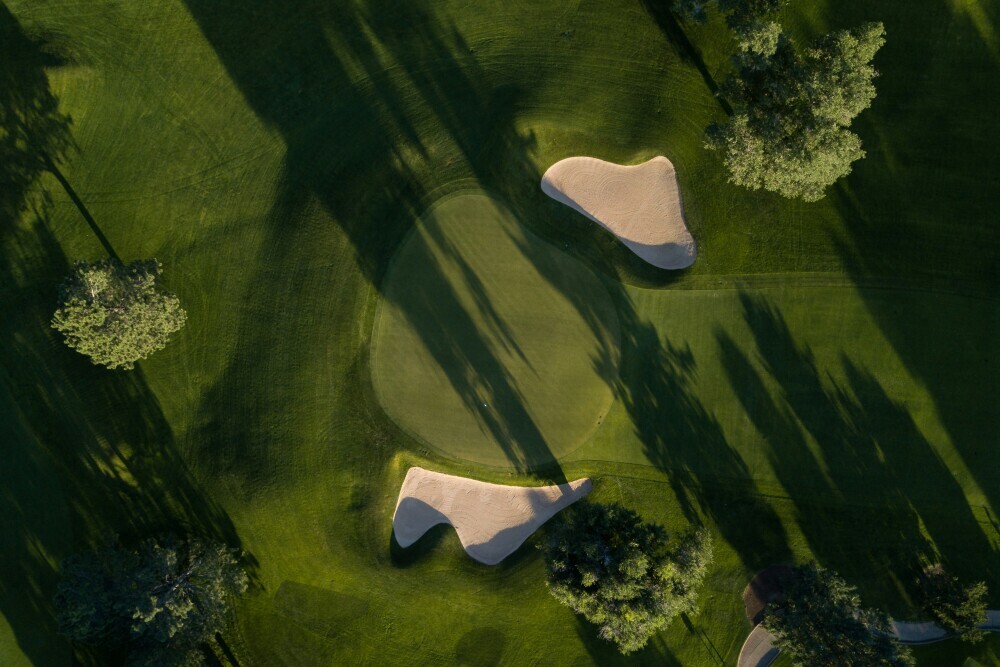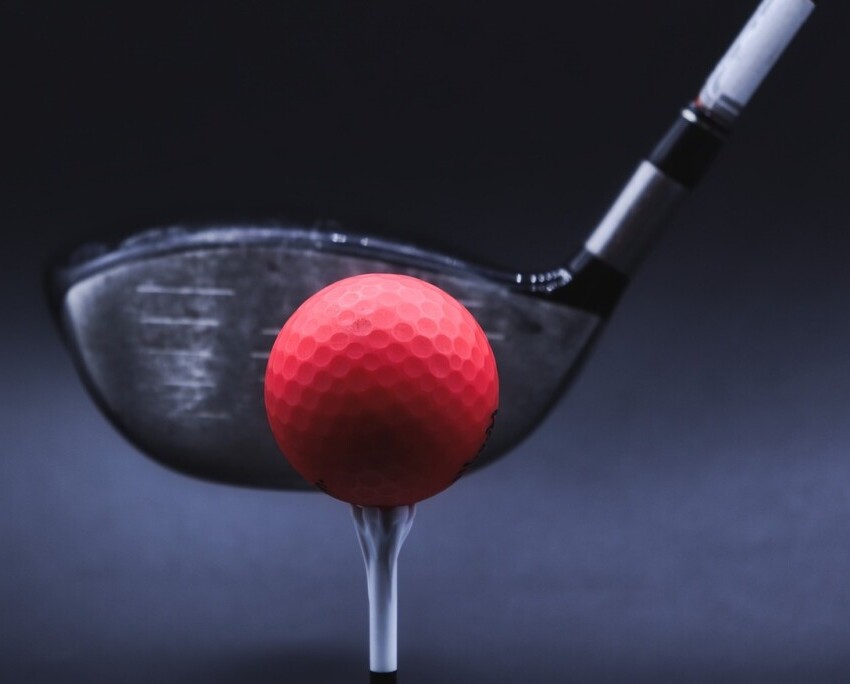What Is A Putt In Golf?
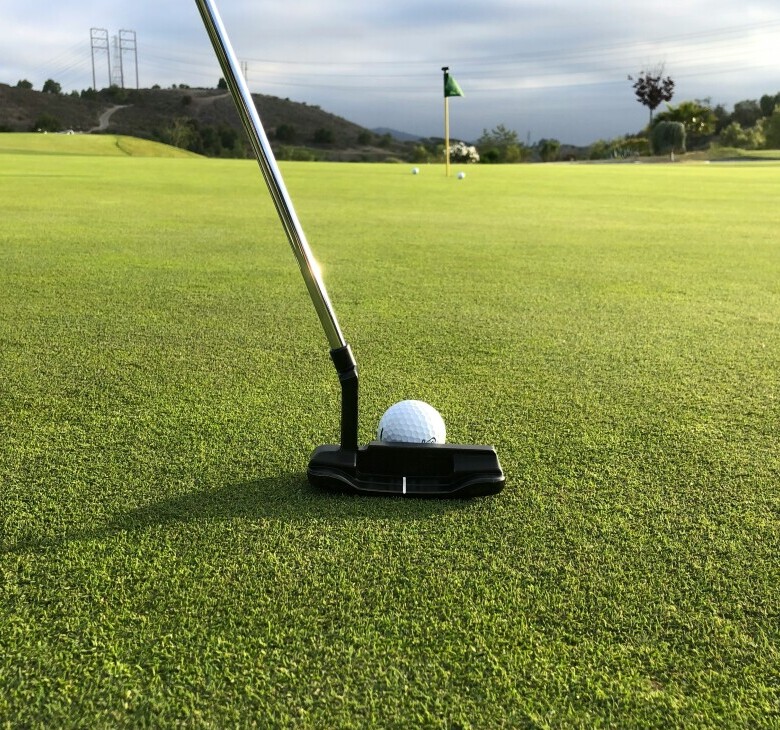

A putt in golf is a shot made on the green with the intention of rolling the ball into the hole. Unlike other shots, a putt usually covers a short distance and requires precise control and a delicate touch. A putt is hit with a putter, a club specifically designed to roll the ball on a green rather than hit the ball into the air like your other clubs. The golf viking is going to take you deep into what a putt is and why it’s an integral part of the game of golf.
Putting plays a crucial role in the overall game of golf. It’s often said that putting can make or break your scorecard. Even if you have powerful drives and accurate approach shots, failing on the green can cost you the game. Good putting can save you strokes on the scorecard and also save you when you are struggling with your chipping and approaches to the green.
The key difference between putting and other types of shots in golf is technique and equipment. Putts use a different club called a putter, which is specially designed for this type of shot. Unlike drivers or irons, putters are shorter, have a flat face, and are aimed at gently rolling the ball rather than lifting it into the air. So how does this affect your approach to the game?
Short game mastery is essential for improving your putting. Check out our guide on short game mastery.
Ready to level up your golf game? Click here.
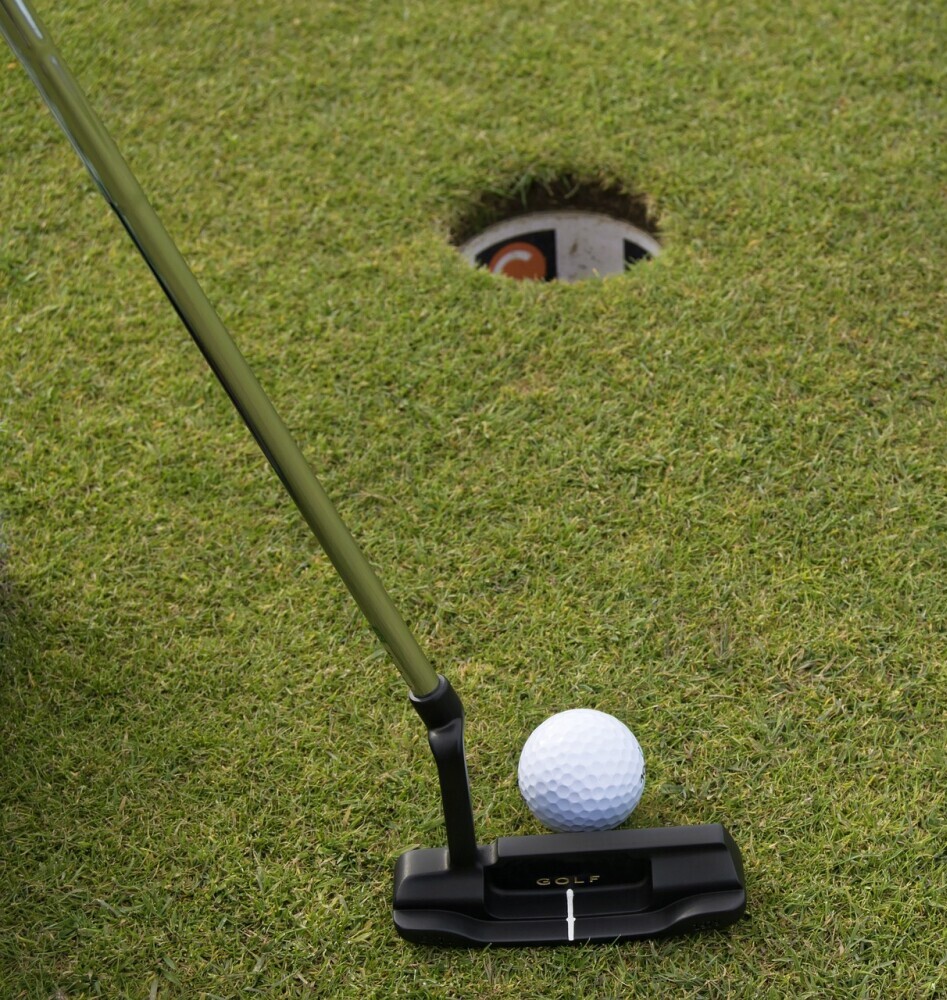
How Putting Works and Essential Strategies
The mechanics of a putt are all about precision and control. It’s not about power; it’s about touch. Your grip should be firm but not tense, allowing for a smooth motion. Having a smooth and fluid body motion as you putt can help you find your groove on the greens.
When on the green, having the right stance and putt is essential to a good golf game, but so is reading the green itself. A big part of the strategy in golf takes place on the greens, and you will need to learn how to judge the contours and angles.
Reading the green is crucial. The slope, grain, and speed of the green can all affect how your ball will roll. Spend time observing the terrain from different angles to get a sense of how these factors might play out. This is why you will often see professional golfers getting down low and looking before they putt. They are judging the slope and speed of the green from the spot they are putting from.
Developing a consistent putting stroke is key to success. This means maintaining the same swing path and tempo on every putt. Repetition helps build muscle memory, so practice is your best friend here. Practice the right stroke from the beginning will save you the agony of having to alter it later. Get the proper stance, grip, and stroke down and you will be able to spend your time reading the greens rather than adjusting your stroke.
Strategically, consider the distance and aim points. Short putts might require a different approach than long ones. Think about where you want the ball to roll first and what line it should take to get to the hole. The line that your ball takes will also be affected by the speed in which you hit. Both line and speed play an important part in the putting game.
Visualize your putt before you take it. Picture the ball rolling along the path you’ve chosen and sinking into the hole. Mental practice can be as important as physical practice in improving your putting game. Keep your eyes focused on the ball and hit it square with the face of your putter. We’ve touched on some basics, now let’s get into how you can improve your putting.
Controlling distance and speed is critical. Practice tips are available in how to judge putting speed.
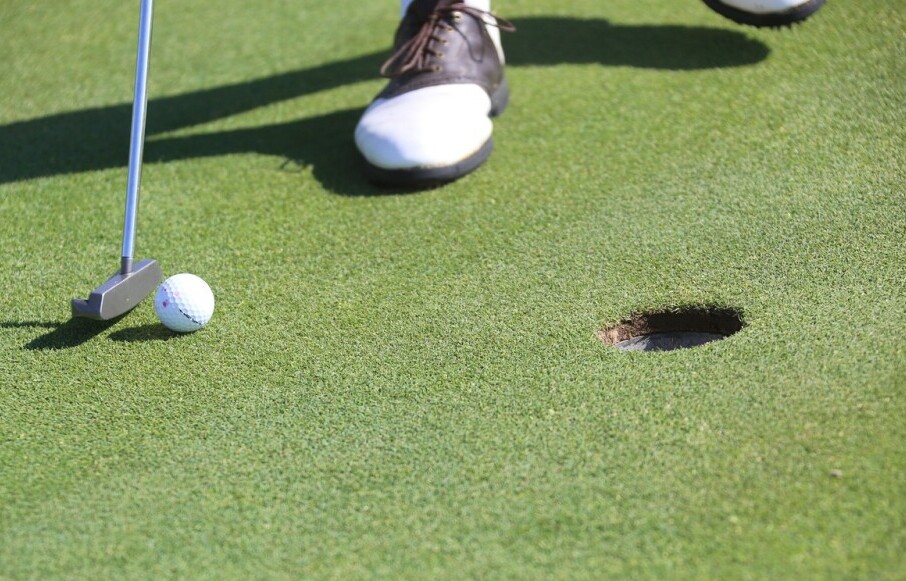
Tips and Techniques to Improve Your Putting
Getting the right grip and stance can transform your putting. Your hands should work as a unit, so experiment with different grips until you find what feels most natural and controlled. Your stance needs to be stable, with your feet shoulder-width apart and weight evenly distributed.
Eye alignment and focus are game-changers. Your eyes should be directly over the ball, allowing you to see the line more clearly. Focus on a spot just in front of the ball to help with direction and aim. Follow through your stroke with your club so that your ball stays true.
Pacing and rhythm are essential. Approach your putt with a smooth, unhurried motion. Think of your putting stroke like a pendulum – consistent back and forth. Speed control is a big deal on the green. An easy way to practice this is by doing distance-control drills, like putting to different targets without changing your stroke length.
Common putting mistakes are often simple fixes. Pulling your putts to the left? Check if you’re turning your shoulders during the stroke. Pushing them to the right? Make sure you’re not opening the clubface on impact. Try to keep your head steady and avoid peeking too soon to see where the ball is going. “Stay down” on the putt until it’s at least halfway to the hole.
Remember, practice makes perfect. Spend time on the practice green focusing on these tips. Keep experimenting to see what works best for you, because even small tweaks can make a huge difference. Now what putter should you use?
Putting directly affects your overall performance and golf scores explained.

Describing the Equipment: The Putters
The variety of putters available can be overwhelming, but finding the right one is like finding a perfect pair of shoes. It needs to fit your style and feel comfortable in your hands. Blade putters offer a traditional design and are excellent for golfers with a more straight-back, straight-through stroke. Mallet putters, with their larger heads, provide extra stability and are great for those who have an arc in their putting stroke.
Choosing the right putter isn’t all about looks. Consider factors like length, weight, and balance. Standard putters are around 33-35 inches, but you might prefer something longer or shorter based on your height and posture. Heavier putters can help with a smoother stroke, especially on slower greens. Balance can be toe-balanced or face-balanced, each suiting different stroke types well.
Taking care of your putter is essential. Keep the face clean and dry to maintain its best performance. A simple wipe-down after each round can make a huge difference. Storing it properly in your bag, with a cover on the head, helps prevent unnecessary dings and scratches.
Technological advancements have brought putters a long way from simple metal sticks. Modern putters often feature alignment aids, adjustable weights, and even advanced materials like carbon fiber. These innovations can help you improve alignment, control, and feel. Seeing what works best for you might involve trying out different styles and features.
We’ve gone over what putting is, why it’s a vital part of your golf game. We’ve went through tips to help you with your putting stroke, and we even covered the different types of putters that are at your disposal. Now you need to take this new found knowledge and utilize it on the golf course. Get your stroke down the right way and you will have a much easier and more enjoyable time on the course. Go get ’em, putting samurais.
Putting is a key part of scoring, so start by understanding what’s a par in golf?

